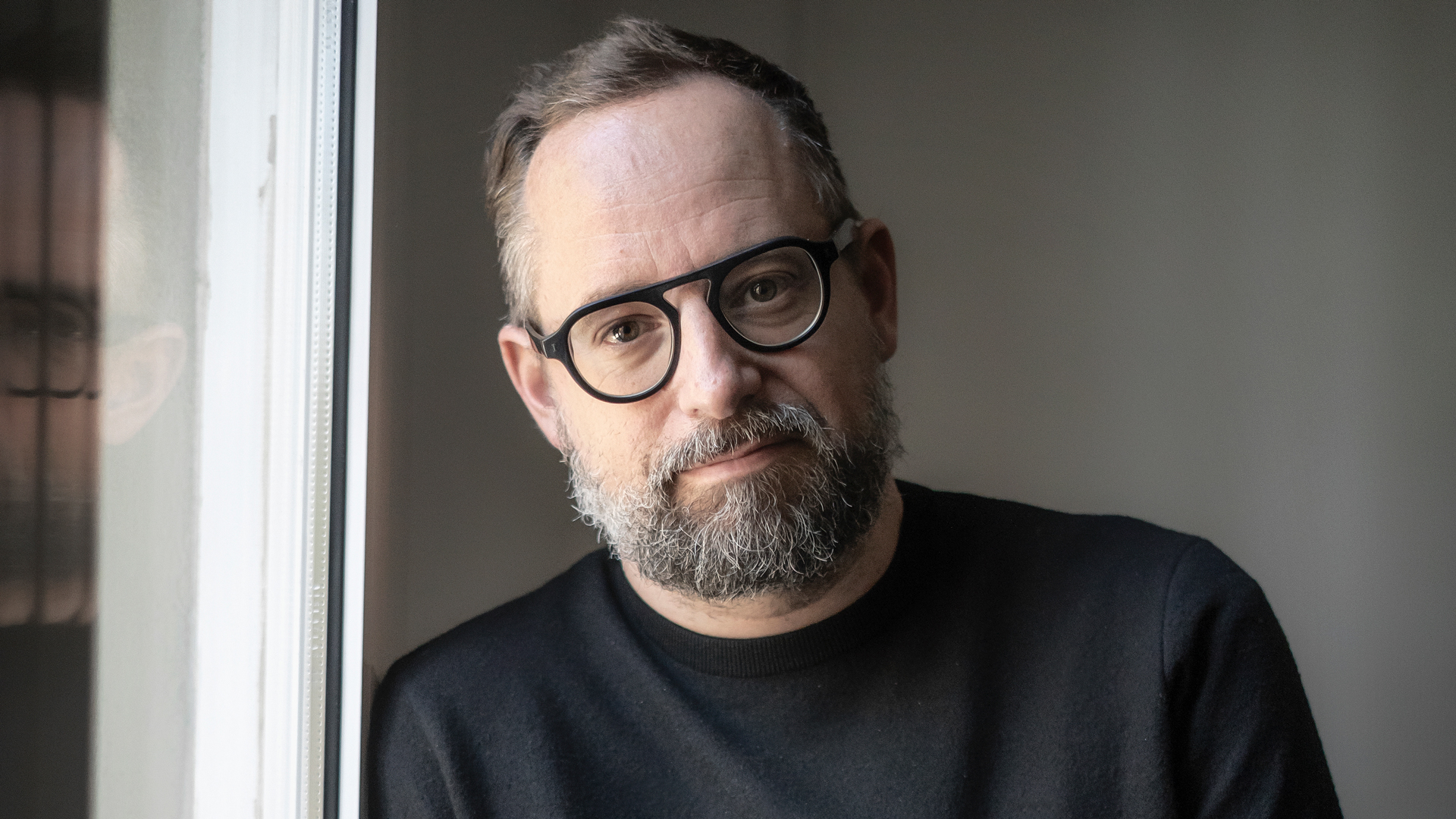
Marc Català co-founded design agency Mucho with Pablo Juncadella back in 2002. It now has offices in Barcelona, San Francisco and Melbourne, and prides itself on employing people from all around the world. Mucho's work ranges from global strategy and visual language work for the likes of Aeroméxico, fun typographical solutions for Piedmont Art Walk and brand identity work for household name Visa.
Ahead of his talk at OFFF Barcelona this year, I caught up with Marc to discover more about what makes Mucho special, why strategy is so important and whether he thinks trends are actually useful.
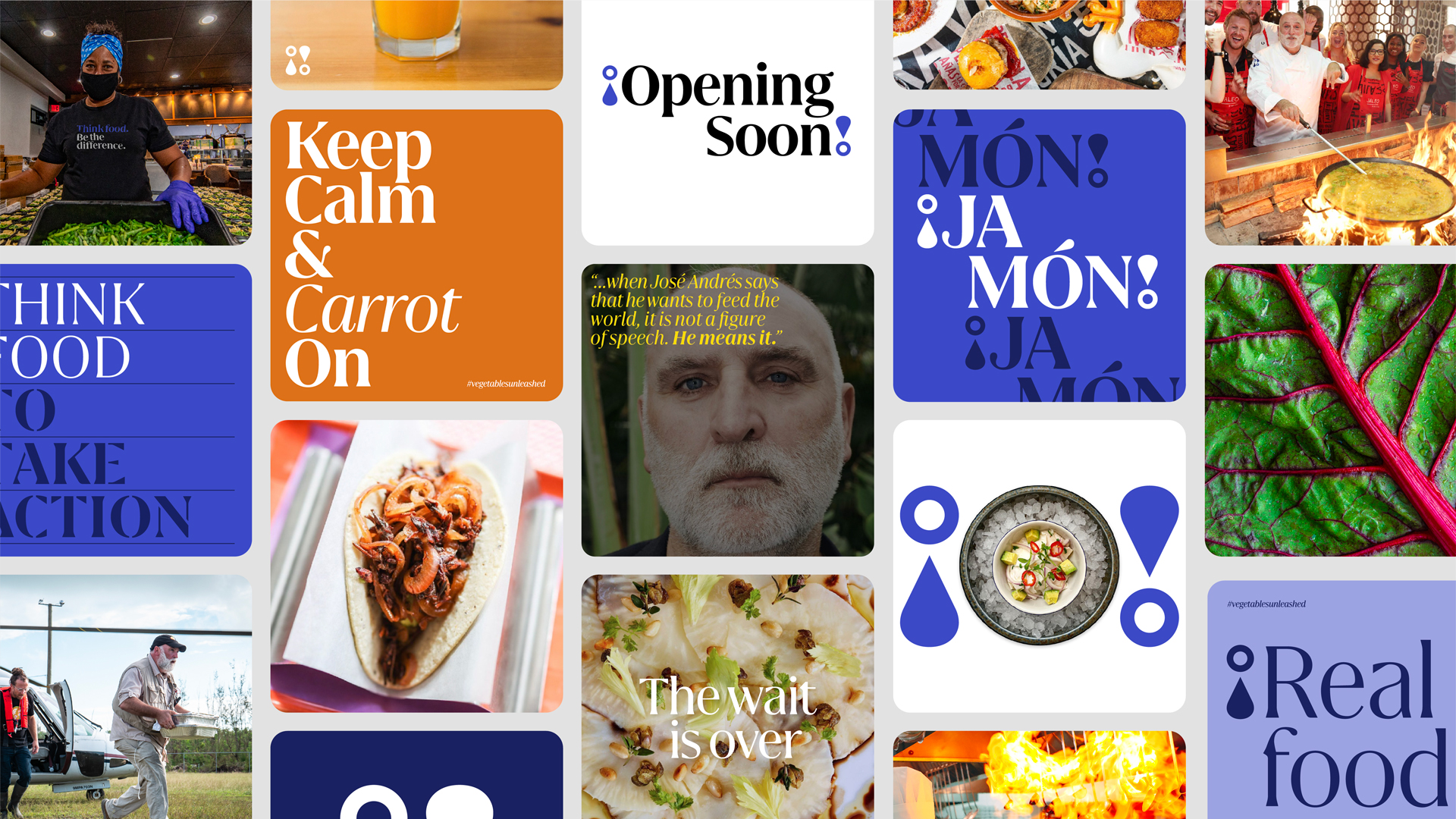
What’s studio culture like at Mucho?
We're basically a group of friends with graphic design backgrounds coming together. Our main philosophy is the idea that through images, we can convey meaning… And so it's about how that thing that is very abstract can become something visual and people can get it.
What’s also really important for us is being a collective, this idea of collective intelligence. That's why it's never so much about individual partners. We're creating not just for the partners but for everybody in the studio, and also with clients to establish this kind of collective intelligence. It's always about how we can talk together, work together and help develop as a team and build up from what everybody thinks – through dialogue, sometimes heated arguments. It does involve a lot of back and forth of ideas, and learning how to sum up and learn from those.
And because this meaning thing was really important, we've added this idea of strategy, which is really key as a layer to design. The gap is closing, but some time ago, there were studios that were more strategy led, and really good design studios. But in terms of the bridge in the middle, there wasn't that much. It's not just us, of course, there’s a whole generation of studios doing that. I think it’s working well but we still need to improve.

You have lots of different nationalities in your team, what do you think that brings to the work?
Well, of course, the more diverse we are, the richer the outcome. Our offices have mixed nationalities, mixed cultures, mixed races. In the Barcelona office, for example, we have Brazilians, Argentinians, Portuguese, Italians, Spanish, Catalan, English, Irish, and it's crazy because there's different working ethoses for each culture. But then I think we’re really concerned about studio culture, because it's what brings everybody together. You need that glue of shared values.
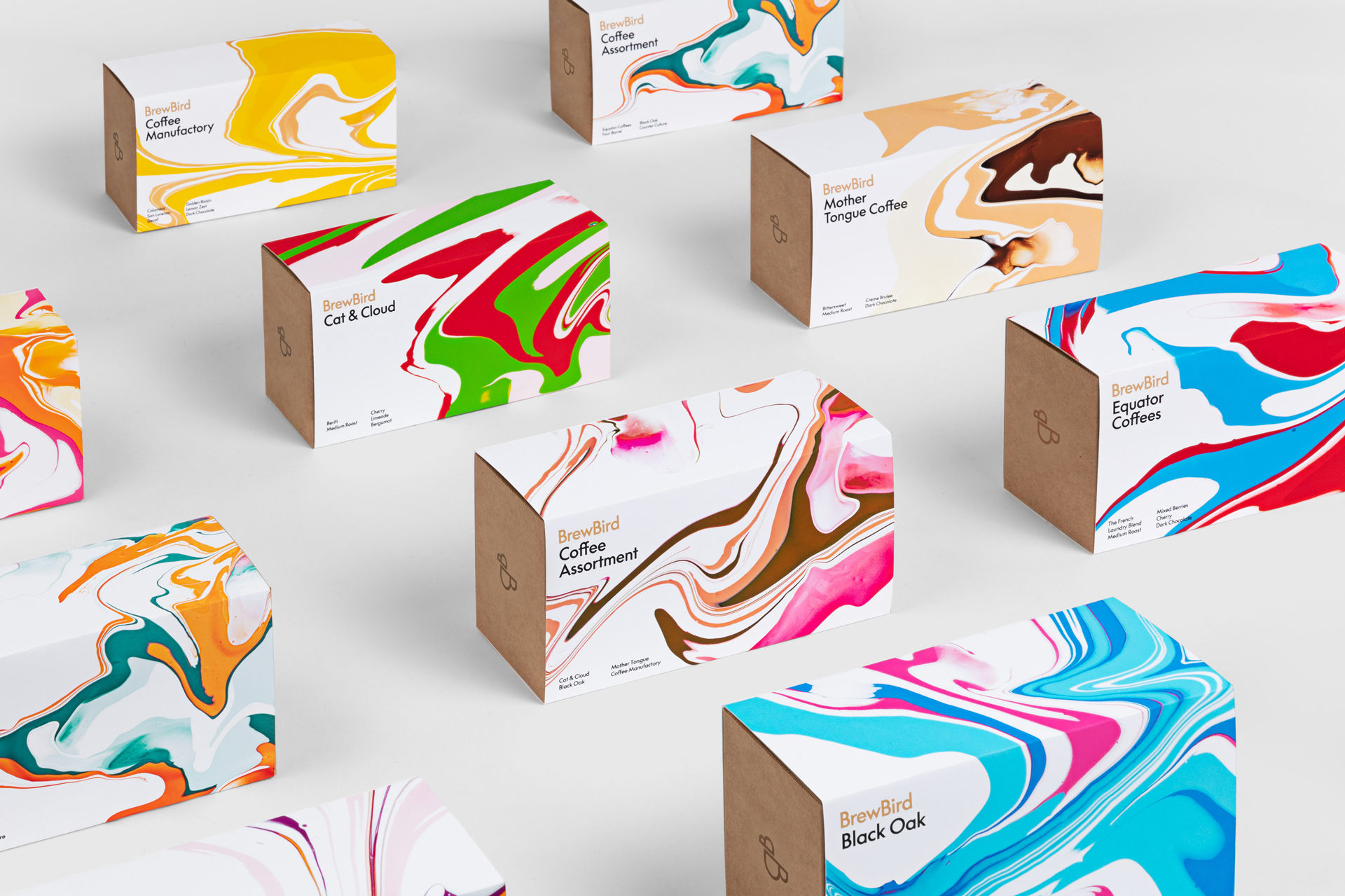
How do you foster that?
The culture has to lead the processes, it has to lead how you do things. And it's not so much about controlling the outcomes, the outcomes will be what they will be. But the way of doing things and the values should always be there.

Tell me about your work from Aeroméxico
It started as a kind of purpose project. Because they didn't have a purpose and the new incoming brand director for marketing realised that they needed a purpose. They had been struggling with finding a tagline and they needed a purpose to better make up their mind not only on the tagline but other things. And they started asking us for a purpose project that was almost only strategy. But then they realised that if you don't activate that purpose somehow it's just words on a paper in the 16th floor of a Mexico City skyscraper, so we needed to activate that and we did that through visual language.
We realised that there were things also in the brand that needed to change and be upgraded. Some of the things we could do, some we couldn't. For example, we couldn’t change the logo, we did have some recommendations on that. But also for this project there's a whole political process that needs to take place… and then on top of that, there's also the cost of implementation in this kind of company. [With big companies], it’s slow to implement but it’s also more embedded, more permanent, it’s harder to undo. With big companies, it's always going to be parts…. Sometimes you get lucky and get the biggest prize, but sometimes it's just parts.
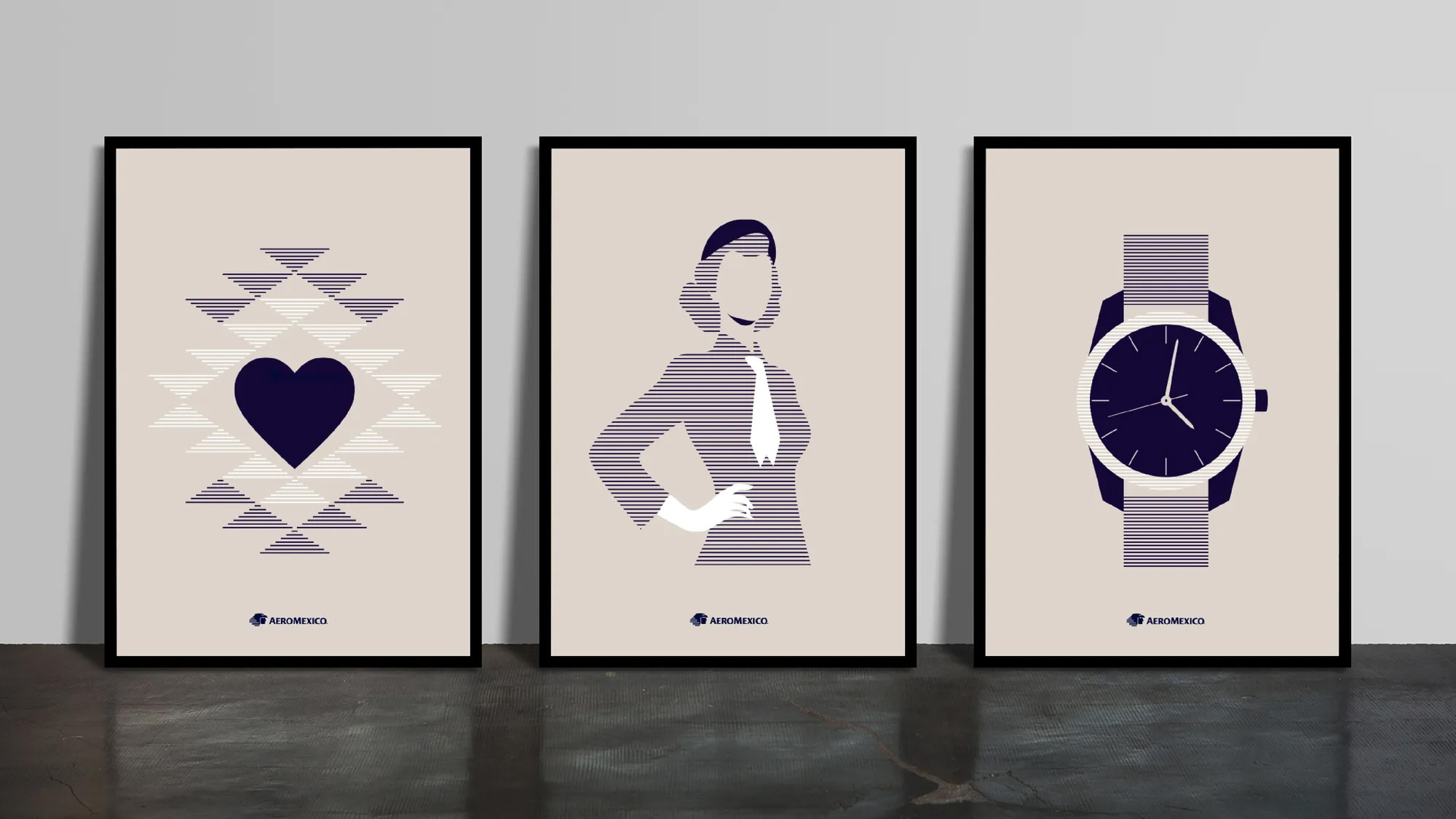
How much do you collaborate between branches?
It depends on the size of the project. So it doesn't make sense to collaborate on smaller projects unless there is something special that requires it. There's been projects where all the offices have been involved because the project actually required it and benefited from it. For example with Avery Dennison that was the point, we had to do six magazines and the whole point was to have different cultures involved. Sometimes it’s specific expertise that is required from different offices. So it depends, we do it a lot but it's not for everything.

How do you make sure you’re creating something that has purpose and you’re not just following trends?
A lot of the time clients come to you because they don't have clarity about themselves… They’re just confused about who they are and who they want to be represented by and they need to clarify that. And in strategy, you help them to do that. It's a kind of process of thinking with them. So trends are not going to help. Sometimes the client is really clearly behind their product… or the capabilities have gotten better, they’ve done more things and they haven't done the brand and they need to upgrade it and they just need to explain that. Again, how's a trend going to help explain who they are? So trends are so unhelpful, they’re just not efficient.
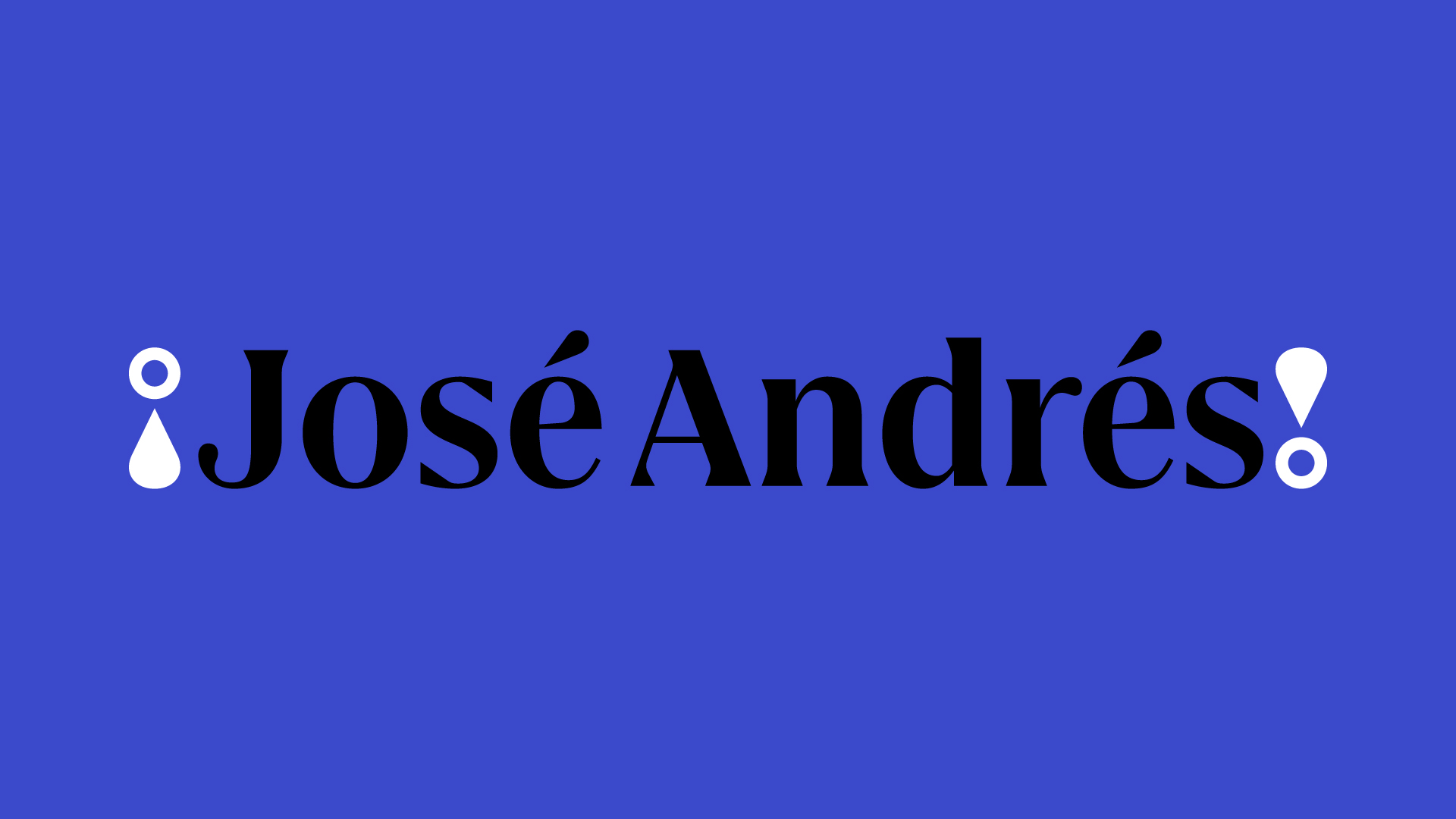
Can trends help at all?
I think there's a Zeitgeist and we're all subject to it. And this might be controversial, but we just look at them in the wrong way. They're unhelpful sometimes, as I was saying earlier, but they might be helpful in others where you need some kind of visual inspiration. Trends are never going to give you a solution but they’re going to keep you fresh… They give you a measure of where we are, but it's not the most interesting stuff. Some of the most interesting stuff needs a little bit more digging. Does anybody start from scratch? I don't think so. So I think it's also unfair to say, ‘I start from a piece of blank paper and what I create is absolutely original.’
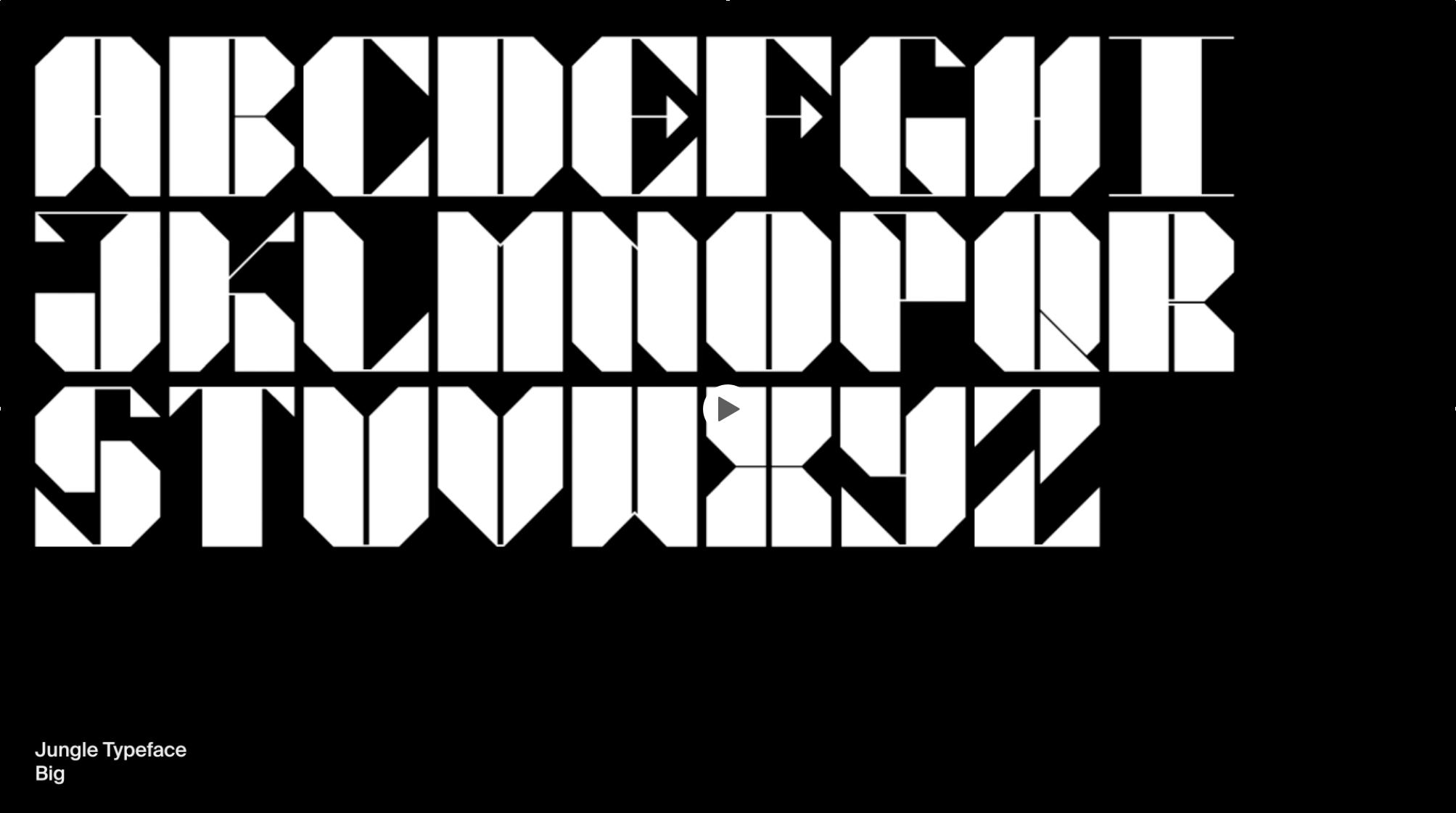
Are you using AI much?
Yeah, we're investigating. It's developing very fast. There's some things that it's so helpful for… It gives you the regular stuff. It doesn't give you the surprising stuff. I think at the beginning, we were kind of more surprised that it could do the standard thing like ‘whoa, it can do this!’
We’ve been talking to a friend who’s a cognitive scientist about how it’s much easier to predict words or language than to predict pixels. So with images, it gets very weird. It's super weird, because it’s predicting the next pixel… With language, if I say, I'm really thirsty, ‘I want to grab ___ ‘ It can fill in the blank: drink, beer, wine. With pixels, it's like, ‘here's green.’

What have been your highlights over 20+ years at Mucho?
I think the highlights have got more to do with what has happened to us as a company than with individual projects. There's some projects that I would cherry pick and say are close to my heart; for the Toulouse School of Economics, a lot of things went well. Relations with the client were good, the outcome was good. They still use it today…
For the company, I think the moment where we started having more partners because we started out as two, so the day we were three was a big highlight, eight years down the road. The day we were five and we were in San Francisco and then London was big for us. The day that we started doing strategy, we started understanding it and developing it and doing it ourselves and growing from regular graphic design projects to bigger projects that can develop culture and visual brand.
It’s really important because it's allowed us to do projects that would never achieve in a million years because it's just a different conversation with different people and on a different scale. So just realising that we didn't have that and that we wanted to go there. We've been out there a while and we’ve grown quite a few times. We’ve had to stop and think ‘where are we going?’. That's hard, but every time we've done that it's become a highlight.
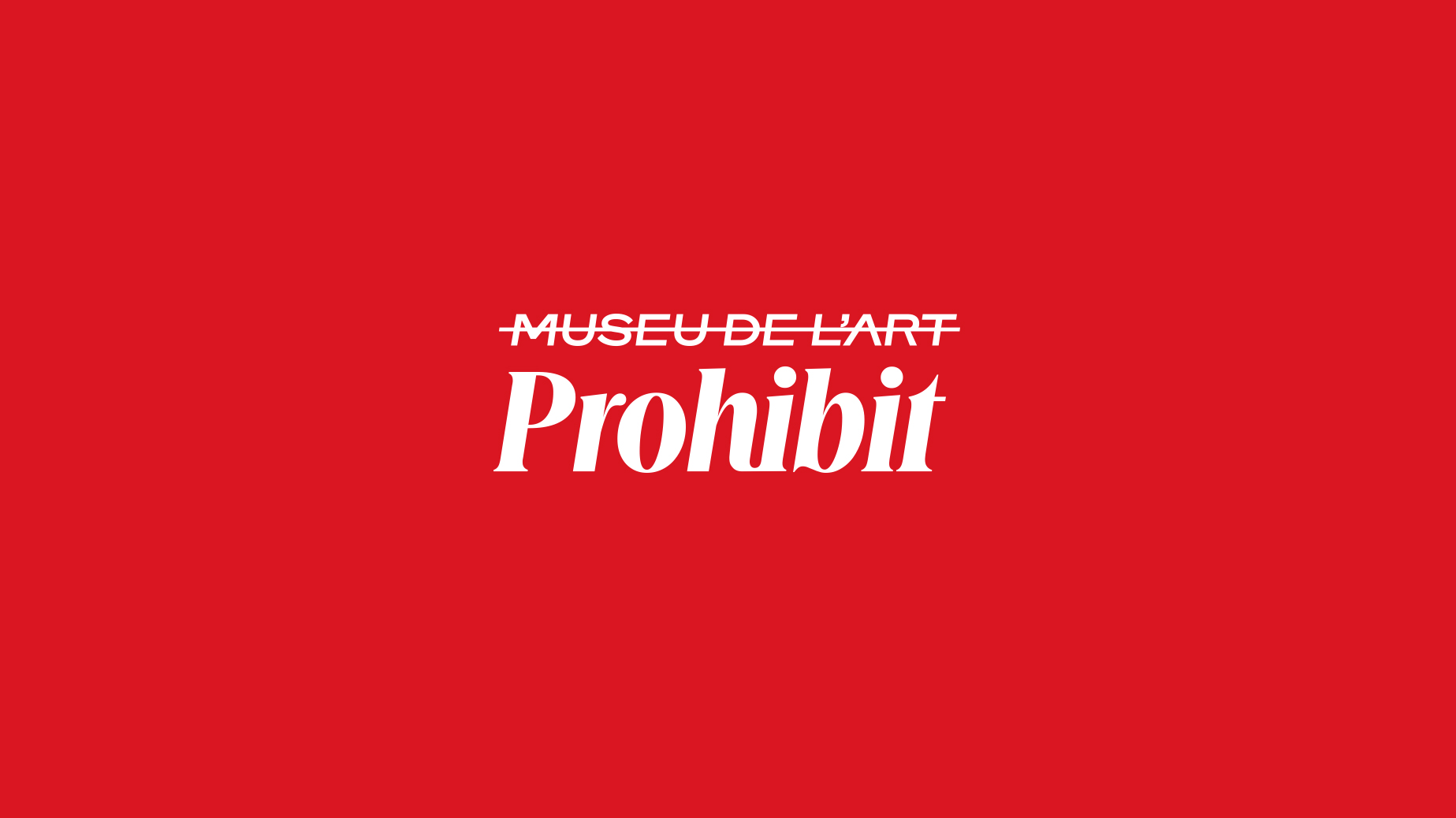
What advice would you give someone who wants to start their own studio?
Take your time. If you don't think it through and don't actively think ‘yes, this is where I want to go’. ‘No, we won't be doing this’, because saying yes also means saying no to stuff. Being clear about that and saying ‘yes, we want to do this. No, we don't want to do that. No, we'll be saying no to that. Yes, we will be saying yes to this.’
Just by regularly working you have to do things that you haven't done yet to make [progress] happen. You have to set up a strategy department. You have to tell the world. You need to establish relations with the clients and the project managers to organise all that is not in place. You don't have to create it, you will copy, because a lot of companies have done it before and they know how to do it and then you will always naturally end up on your own culture. The great thing about copying is you never do it right. There’s always something of you that gets in the way. But if you always put your part in it then it always becomes something new.
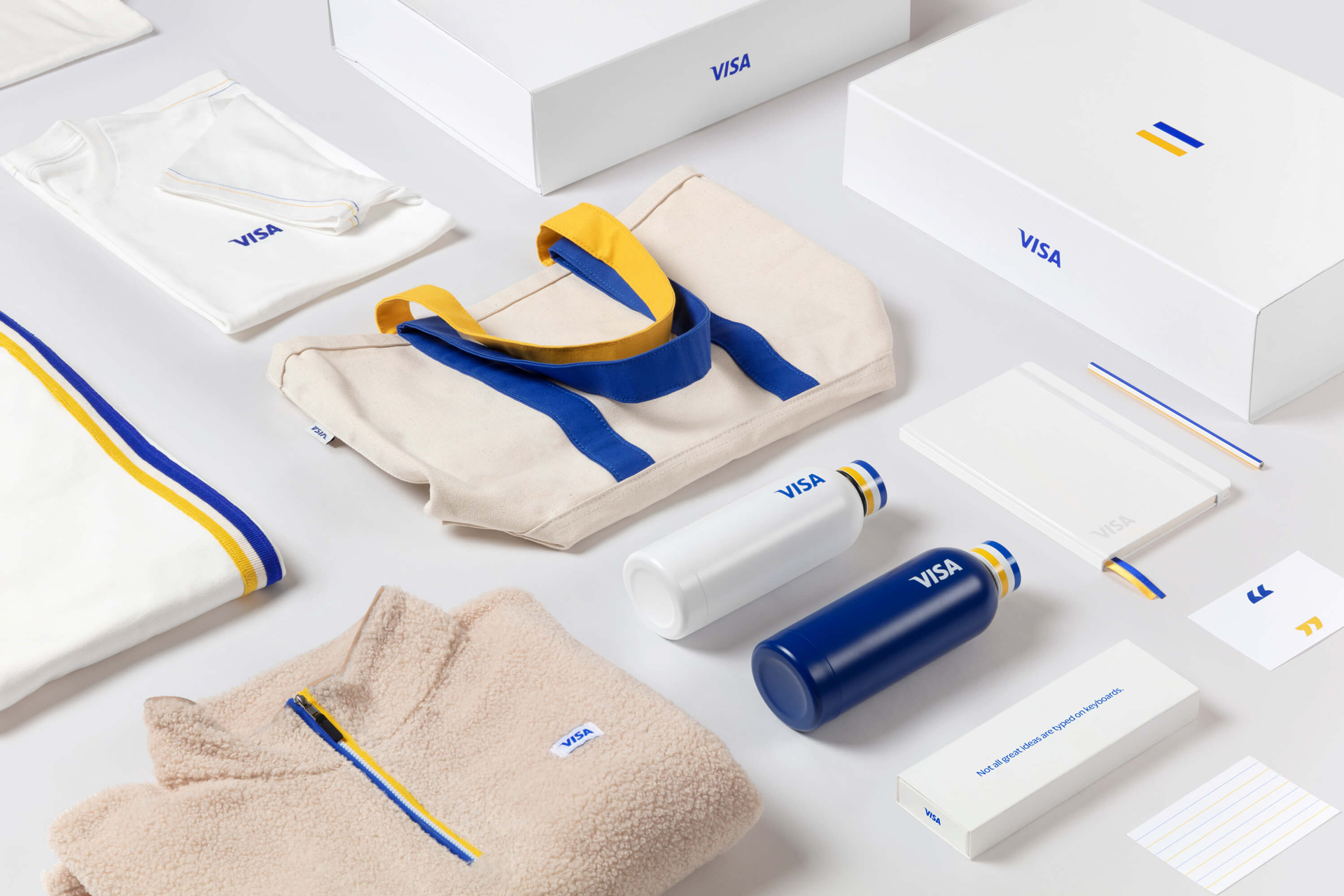
What makes Mucho special?
The creative side of strategy – being creative about strategy.... Also collective intelligence. In the team we are very collective. We’re not uber different from everybody else, but we’re with the top pack. Sometimes we lead, sometimes we don’t, but we’re there... But I’m very conscious that we also need to sit down and think and do better and sometimes I’ve felt we’ve led more and then other times you feel like everyone’s catching up. You can’t sit still.
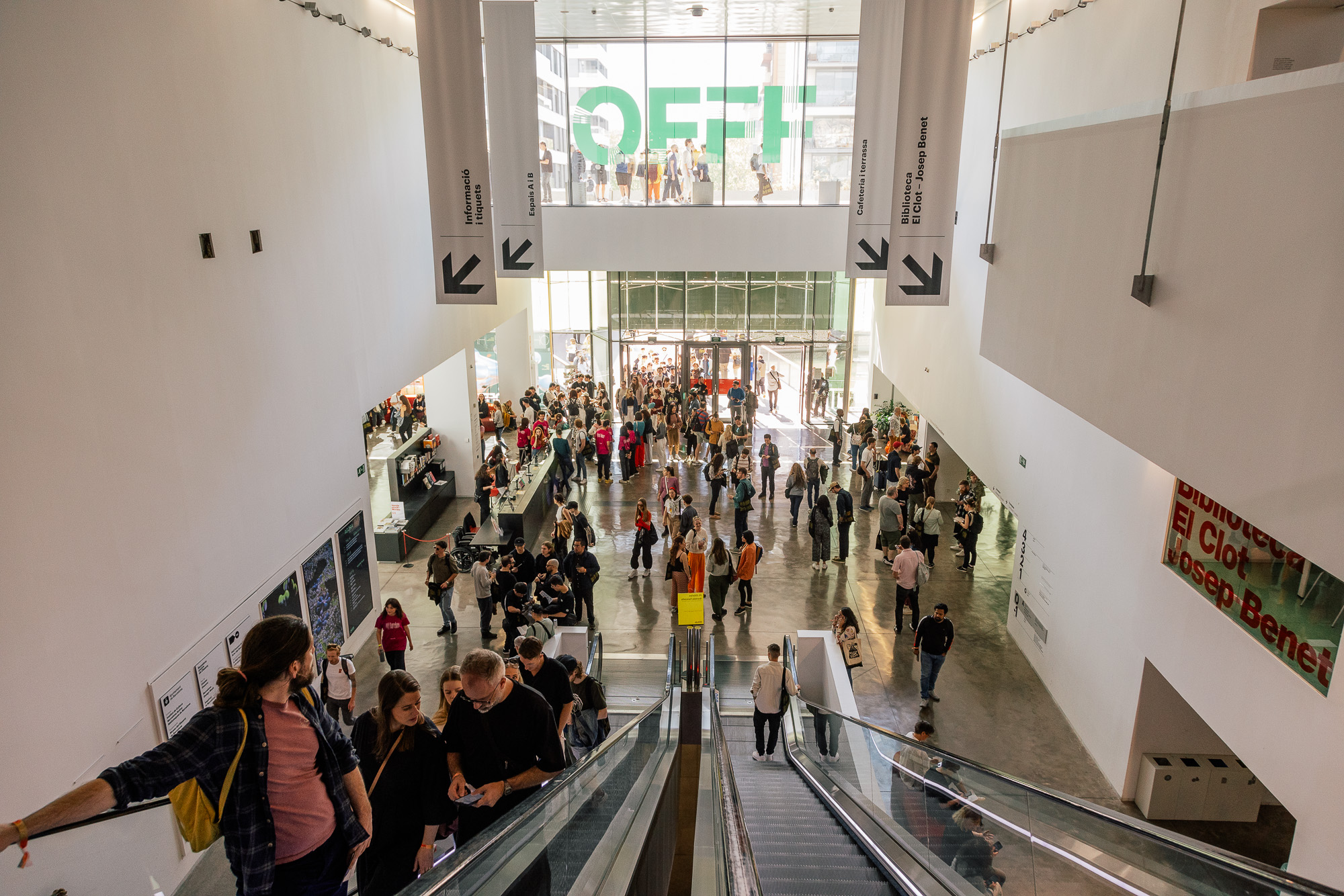
What makes OFFF special?
I think OFFF is great. Big kudos to the team for making it. In Barcelona I think we're lucky because of the conditions – the climate and the food. Doctors also have conferences in Barcelona, everybody wants to have a conference in Barcelona. OFFF is such a big turbo boost of creativity over a few days. It's fantastic.
Find out more about Mucho and OFFF Barcelona.







